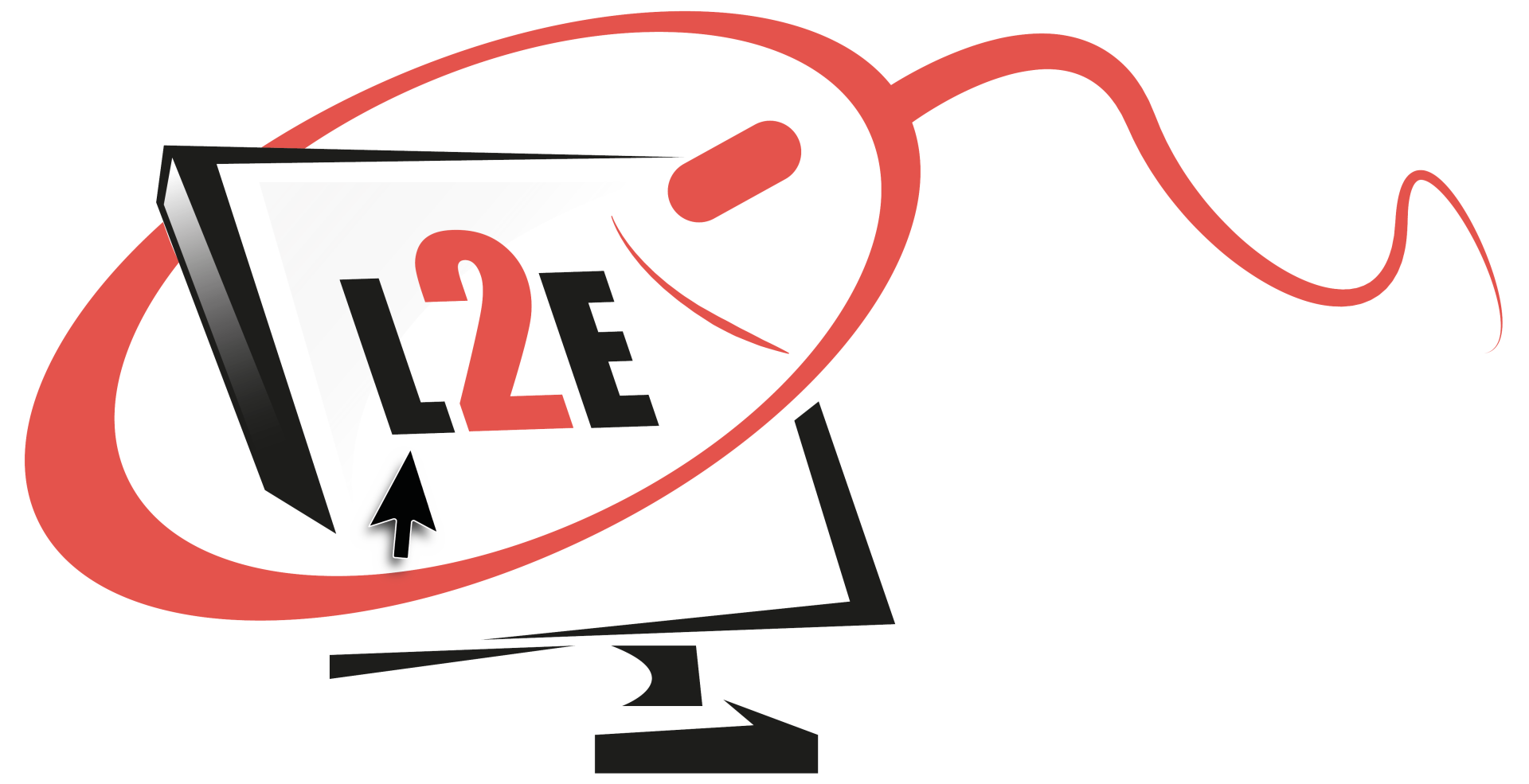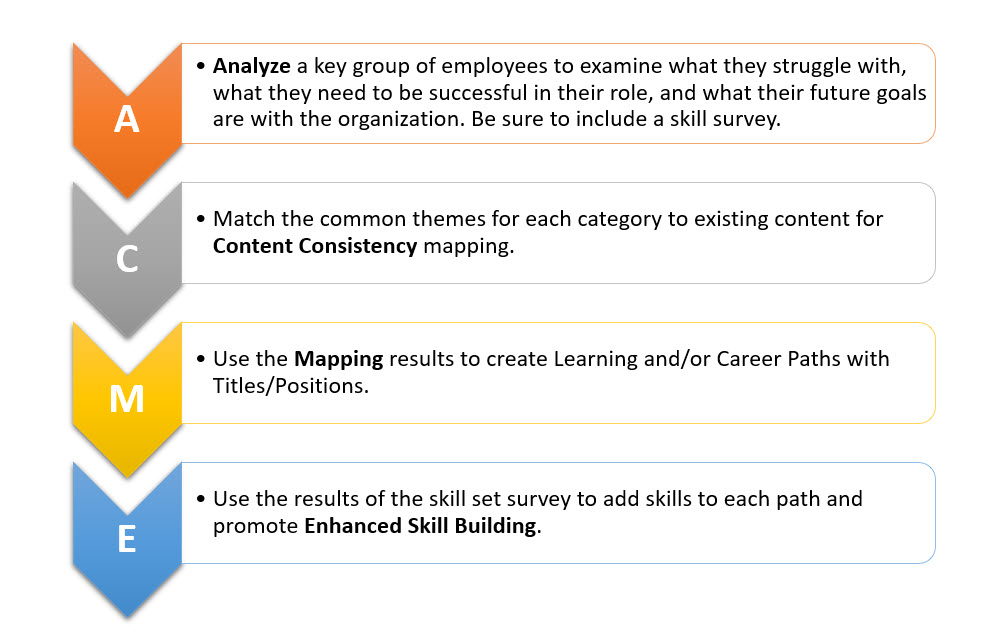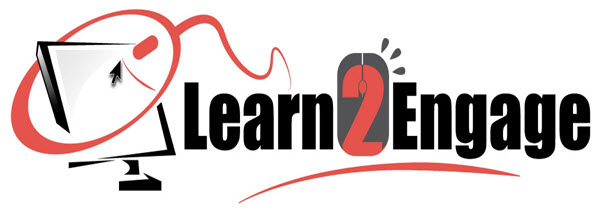Most of us know this saying, attributed to the poet John Lydgate, and later adapted by President Lincoln. “You can please some of the people all of the time, you can please all of the people some of the time, but you can’t please all of the people all of the time”.
Companies often struggle to please the masses when it comes to employee training. They want to create training in various formats that support and satisfy a majority of employees.
The problem is often found in one thing. They don’t know what employees want or need.
So, the result is a mosh-posh of random materials, webinars, and live workshops that touch on just a few employee needs. And this leads to inconsistencies.
That’s where my DIY process comes into play. I offer it to direct clients in the needs analysis phase of projects and as a part of my individual online coaching offering.
The ACME Process
The acronym for my process is ACME and defined in the graphic below. It’s specifically for organizations with a library of inconsistent content in various formats that want to create a consistent learning plan and career path for every department.
Let’s go through the basics of the process. In the analysis phase, we start by determining who to send the questionnaires to. Preferably, you want to send it to employees from various levels and titles and who opted to participate. Just a tip, participants are most likely to opt in if they know their responses are anonymous.

What Employees Want
You want to include a combination of open- and closed-ended questions and add a skill survey at the end. Any online service similar to Survey Monkey will work.
Next is Content Consistency, where you gather the results in a spreadsheet and look for common themes. Are most employees saying they struggle with an application, or finding resources, or advancement in their role? Even if only two people mention the same issue, that’s a theme!
Next to each of those themes is a list of existing resources. What you will notice in this phase is either 1) gaps in content or 2) duplicates of content that contradict each other. This is where your assigned team of verifiers can ensure everything is accurate.

Magic Mapping
Now the magic of mapping happens. You can use a tool like Microsoft Visio or ClickUp to do your mapping. Using the skills survey results, map the skills with the themes and content to create your Learning and/or Career Paths. Don’t forget to add your relevant Titles/Positions next to them.
This last section, ‘ME’, is where Learn2Engage comes in to review everything created and determine the blended learning programs the organization needs to achieve the following:
- Improve productivity.
- Increase employee satisfaction.
- Improve retention rates.
- Motivate employees to participate in skill building for advancement.
Which brings us to the last letter of the acronym, E, which stands for Enhanced Skill Building.
For example, Bill is a Training Manager who has great leadership skills but struggles with technology. He is embarrassed to ask for help and cannot advance in his role without certain skills with software applications. The manual and other various pdf resources are not helpful. Once the learning path was created, Bill was able to select the path and complete the technology training online with various eLearning modules and tutorials. His confidence improved, and he was motivated to apply for that new role.
Conclusion
So, there you have it! This is the best way to ‘please the masses’. And although it’s quite a bit of work, it’s worth it in the end.
Contact Learn2Engage if you would like to talk about your content consistency or learn if you qualify for coaching. Visit the contact page to get in touch.
Until next time…
Resource: https://yourelearningworld.com/portfolio_page/9-frustrations-that-training-organizations-face/
About the Author
Cheryl Powell, CEO of Learn2Engage, is in her 27th year as a Virtual Instructional Design and e-Learning Specialist, with clients all over the US and overseas. Additionally, she is a published author of various works of fiction and motivational speaker.
She holds a Bachelor in Business Management, a graduate certification in Project Management, a Master of Science degree in IT Project Management, and a ATD Gamification Level 1 Certificate. She has studied the Adult Learning principles of experts and theorists such as Gagne’s (nine events), Maslow’s (hierarchy of needs), and Dr. Ruth Clark, to ensure her courses, presentations, storyboards, and modules, engage the learner, utilize the proper balance of white space, text and graphics, and result in high Learner Retention rates.
Her clients return year after year for the affordable pricing, her rapid customer response rate, and the benefits they observe in the productivity of their employees after taking her courses.



